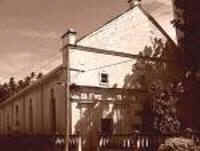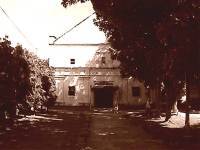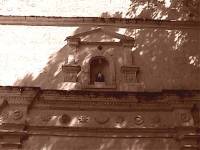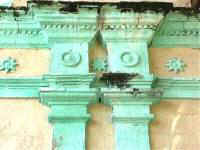

Historical Church of Poro
The most visible and tangible reminder of Spain's legacy to the Filipinos
is the" simbahan" or the church which
is usually found at the center of most towns. Other religious structures
are also reminders of Christianization which somehow give us an idea of
how religion influenced our architecture. The historical church of Poro
was built in 1849. It was built in 1849, by the Augustinian friars. Each
cubes from the wall is made of coral stones from the sea and stone roofed
with tile. The stone were pasted together with eggwhites. It represents
the hard manual labor
of the local people from the past. The natives were flogged or put to
prison if they were idle and did not work .
|
|





